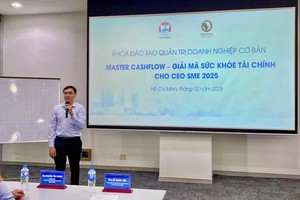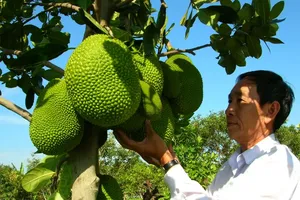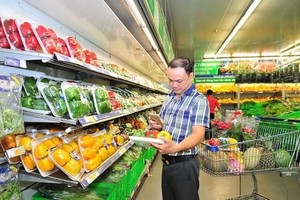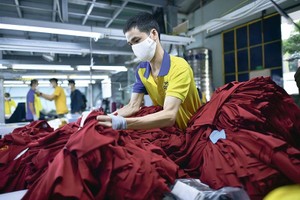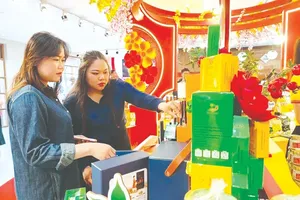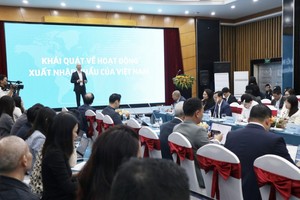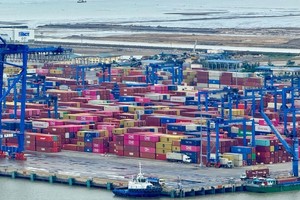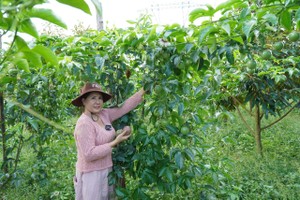Textile, seafood and electronic industry are Vietnam’s three leading export sectors thanks to their significant turnover last year. However, the heavy reliance on imported materials and low competitiveness see their return rate remain low.
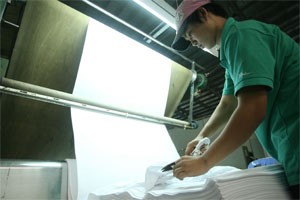
Local producers have been already under pressures of the fluctuation in the global material price since early this year as most materials have been imported from abroad.
Experts say the domestic supply of cotton – the main material of textile industry – meets only 1 percent of the country’s production. Textile products, meanwhile, are getting more expensive, rising by 30-40 percent this year due to the increasing cotton price.
Statistics show an amount of imported fabric, cotton and other textile materials was worth around US$670 million, a double time increase year-on-year.
Nguyen Thi Tue Anh, expert from Central Institute for Economic Management, noticed China was the biggest material supplier of Vietnam’s textile companies, with 28 percent of the import turnover being from the adjacent country. However, China is not among Vietnam’s major export markets, Anh added.
Vietnam imported an average of 150,000 tons of seafood annually in the last three year, of which materials for frozen seafood production amounted to 96 percent of the amount, according to statistics from the General Department of Vietnam Customs.
The domestic material supply, meanwhile, is very limited as the increasing price of breeding stocks and feeds left many farmers turning their back on seafood material businesses.
Local seafood producers also have no interest in setting up their own material supplies geared up for the production as they relied strongly on imported materials.
“Local seafood makers should plan to produce materials by their own and finance farmers to have initiative for the material supply,” said Luong Le Phuong, minister of agriculture and rural development.
Phi Anh Tuan, vice chairman of the Ho Chi Minh City Computer Association, said despite the large number of human resource and firms in the electronic sector, most of them are small retailers and work separately with each others.
Local electronic firms still have low return rate as their sales mainly comes from outsourcing only due to their inexperienced employees. Analysts said home appliances made 80 percent out of the total output, while specific electronic products amounted to 20 percent only.
“Despite many achievements, the country’s leading export sectors are growing unsteadily and their production capacity is limited. Exporters still import huge volume of materials from abroad for their production,” said Nguyen Thanh Bien, minister of industry and trade.
Large export turnover, small profit
In 2010, the textile industry achieved an export turnover of $11.2 billion and became among the world’s five biggest textile makers.
Le Tien Truong, deputy general director of the Vietnam National Textile and Garment Group, said Vietnam’s textile brilliantly ranked second by market shares in the US market and third in the EU and Japan in spite of the global textile’s 12-15 percent recession.
However, the average return rate of textile exporters amounted merely 5 percent last year, a director of a textile producer, who asked to be unnamed, disclosed. Those who relied only on outsourcing orders earned an even lower rate, he said.
To Thi Tuong Lan, vice general secretary of the Vietnam Association of Seafood Exporters and Producers, said the export turnover of seafood sector in 2010 rose 18.3 percent year-on-year to $5.03 billion, a 7.5 percent higher than the targeted amount.
But the return ratio was not much as their input cost moved up on the increasing material price and high lending rate, while the exporting price remained unchanged, Lan said. The export turnover of the electronic sector last year amounted to $3.6 billion only, with 99 percent of the amount coming from foreign-owned producers’ sales.

